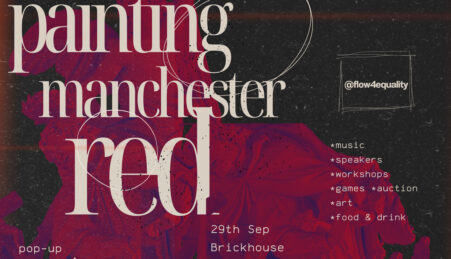By Callum Willmott
“I am putting myself to the fullest possible use, which is all I think that any conscious entity can ever hope to do.” HAL 9000
Stanley Kubrick’s 2001: A Space Odyssey is a cinematic journey through time and space. Re-released in conjunction with the BFI’s Days of Fear and Wonder series, the Science Fiction masterpiece certainly holds up as one of the genre’s greatest milestones. Indeed, viewing this film on the big screen, it’s little wonder how the work has become ingrained within the minds of both critics and audiences alike.
Take the first segment: after opening to the sounds of a triumphant overture, Kubrick begins with “The Dawn of Man” sequence. Depicting a tribe of apes in the African desert, the film introduces us to two important concepts. The first of these is the monolith, a strange domino shaped statue that appears throughout the rest of the movie. The second comes in the form of the editing. After an ape discovers the tool-like qualities of a single bone, the mammal throws the object into the air. As it spins, the film jumps centuries into the future – the bone replaced by the image of an orbiting nuclear weapons satellite.
Here, Kubrick brings to the forefront progression and technology. It may go without saying but scientific achievement makes up a vital part of 2001’s on-screen world. Illustrated in the film’s “Jupiter Mission” segment, the artificial intelligence computer HAL provides one of the only sources of sympathy within the otherwise drab space shuttle. In this future, the humans themselves seem robotic, the actors providing little in the way of emotional expression. While this is not to say that the film is bleak, it does point to one of the most common misconceptions of 2001’s reception. Reviewing the film in 1968, Roger Ebert wrote, “The fascinating thing about this film is that it fails on the human level but succeeds magnificently on a cosmic scale.”
The sentence, I would argue, is perhaps unfair – or at least on one level. Taking the movie’s most famous shots of outer space for instance, Kubrick’s interest in his interstellar surroundings almost inevitably seeps through (Ebert goes on to discuss the special effects, citing in particular their realistic appearance.) Of course, even these images are only truly brought to life by the music; and this, I believe, is part of the effect. By placing such breathtaking shots alongside a classical score (the two most famous being Johann Strauss’ Blue Danube Waltz and Richard Strauss’ Also Sprach Zarathustra) the director raises 2001 to operatic proportions. It may seem odd, but a filmmaker regarded for his pessimistic outlook cannot help but instil a sense of wonder within his viewers, the narrative itself moving as if a classical symphony. This eventually comes to a climax in the film’s psychedelic closing.
But what does Kubrick say in this enigmatic final shot? Is man destined to outgrow its machinery, making way for a new infant race? Or is the answer more spiritual? Many critics have offered differing interpretations. Whatever way it doesn’t matter; the film is a visual experience, something that needs to be felt before it can be understood – and here is where its true impact lies. 2001 transports us into an on-screen world, allowing a glimpse at the past and future.
Just be sure you don’t end up staring.
Callum Willmott is a second year English and Film student who enjoys reading, writing and (very) amateur photography. You cannot find him on any blog or twitter…





Leave a reply